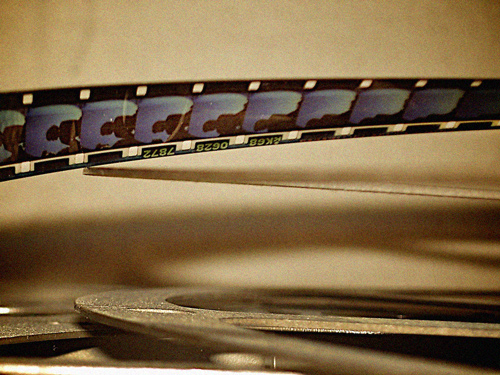Well another Monday has come and gone, along with another Networked Media workshop. This time we were focusing on Design Fiction, and we can think of fictional situations to envisage a possible future.
The three students on the symposium panel along with our lecturer Elliot, all did well at further explaining the readings. We learned that design theory provokes and inspires our thinking, and helps us imagine future realities. We test with the goal of proving or finding something.
In the symposium, I remember someone mentioning how throughout the last hundred years many of technological advances were based upon the older technologies they were replacing. I feel we could put it this way: we need the old to guide us towards ideas that might become the new.
A great example of new technologies coming about based on older technologies would have to be video editing software. As some might not have thought about before, video editing software is actually designed to replicate the manual practice of editing film… you know, actually cutting and trimming film in your fingers.
The old way…
The new way…
You may notice that many of the terms used in video editing software directly relate back to the manual editing practice. For instance, Final Cut Pro has bins to keep the clips in, just like how old-school editors had physical bins that held the film. Or you can trim clips down to a desired length, just like you would trim the film back in the day.
There are lots of other terms such as sequences, razor tool, jump cuts, rough cuts, filters, storyboard, timeline… and the list goes on. All of these software functions relate back to the old way of editing actual, physical tape. Amazing huh?
Thanks for reading, also make sure you check out Kim Lai’s thoughts on double-loop learning here.










